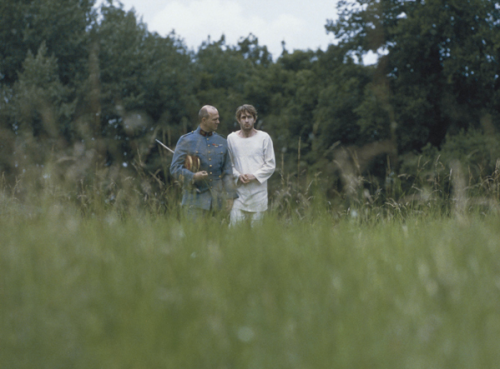Sometimes, synchronicity kicks in and you stumble across a film which ensnares you, even through the fug of a foreign language (French, in this case) and other Net-related distractions.
So it was when sometime last week, I left the television on after the late news on SBS, Australia’s multicultural and multilingual broadcaster, while otherwise distracted. A sombre, misty credit sequence began and a male voice noted the many people he had killed, and asked: “how long does it take to make a man and how long does it take to destroy him?”
So far, so serial killer – possibly in a World War One context, I thought as the bodies of dead soldiers in familiar uniforms and well-known landscapes filled the screen, and paid the film Les Fragments d’Antonin no more attention. But I have always found the French language pleasant listening and left the movie on in the background.
But before long, I was captivated by the story of Antonin Verset, a messenger pigeon carrier during the War and by 1919, a catatonic patient at a hospital located in the French countryside, and the efforts of Professor Labrousse to rehabilitate him. First time writer and director Gabriel Le Boumin does not overlook the battlefield, or the rupture to society’s basic fabric, but his focus is on the savage mental and emotional toll wreaked by the Great War. Antonin’s rehabilitation is recounted step-by-step, and the causes of his trauma are slowly relayed in surreal flashbacks.
There are no forces of good or evil in this film. It is simply a world gone mad – an observation made wearily by the steely glass-eyed captain whom Antonin meets during his travels. And in this mad, mad world, each person must find their own way to survive physically, mentally and emotionally. Most do not. Like other characters, Madelaine, a nurse, who is more or less physically and mentally intact, has her own deep, emotional wounds to deal with.
The cinematography is gorgeous; the flashbacks set during the War are recounted in cold greys and blues while the post-War rehabilitation scenes are imbued with warm gold and terracotta tones.
Heartfelt, beautifully and unsentimentally told. Unsurprisingly, it was nominated for a César in 2007.
Photos from here.






Leave a comment